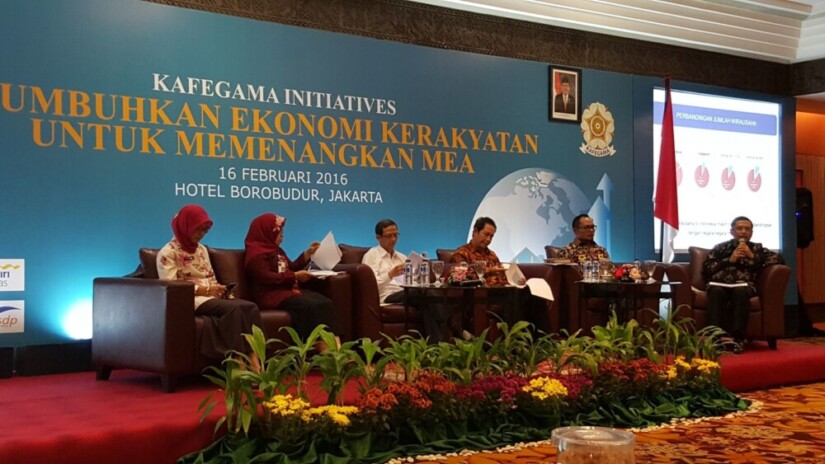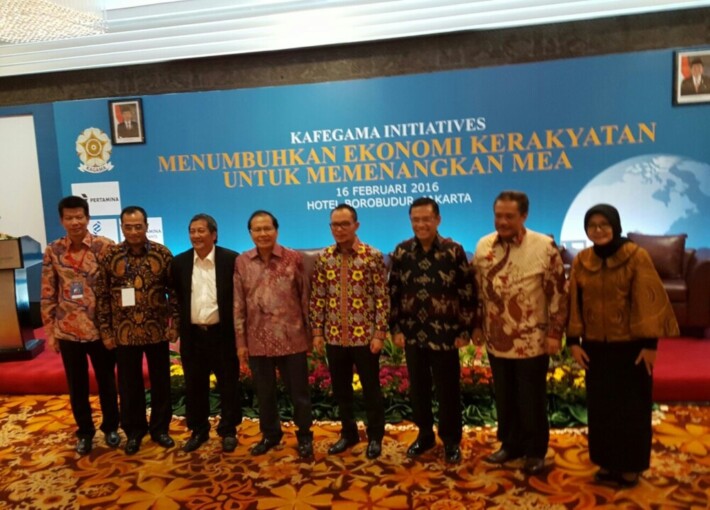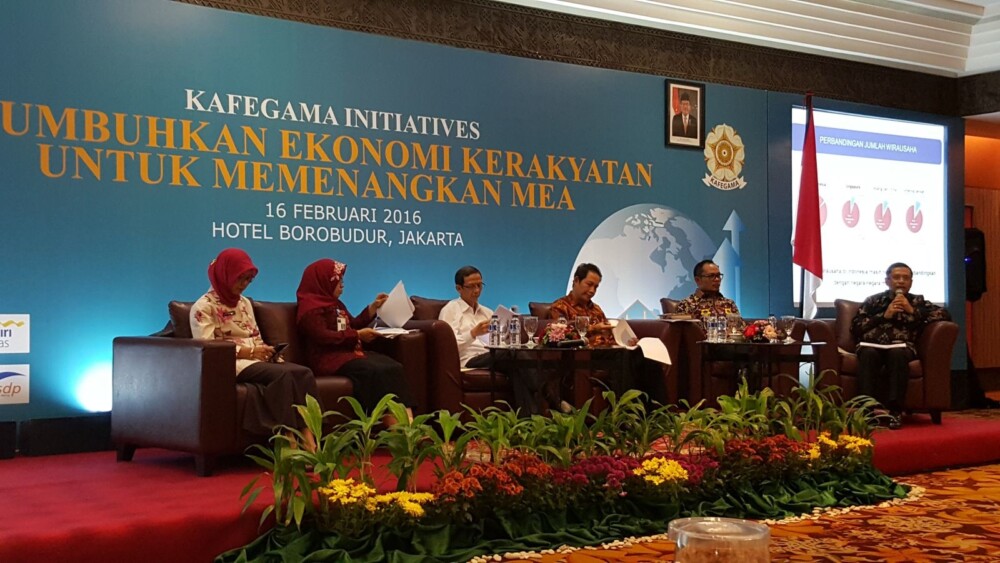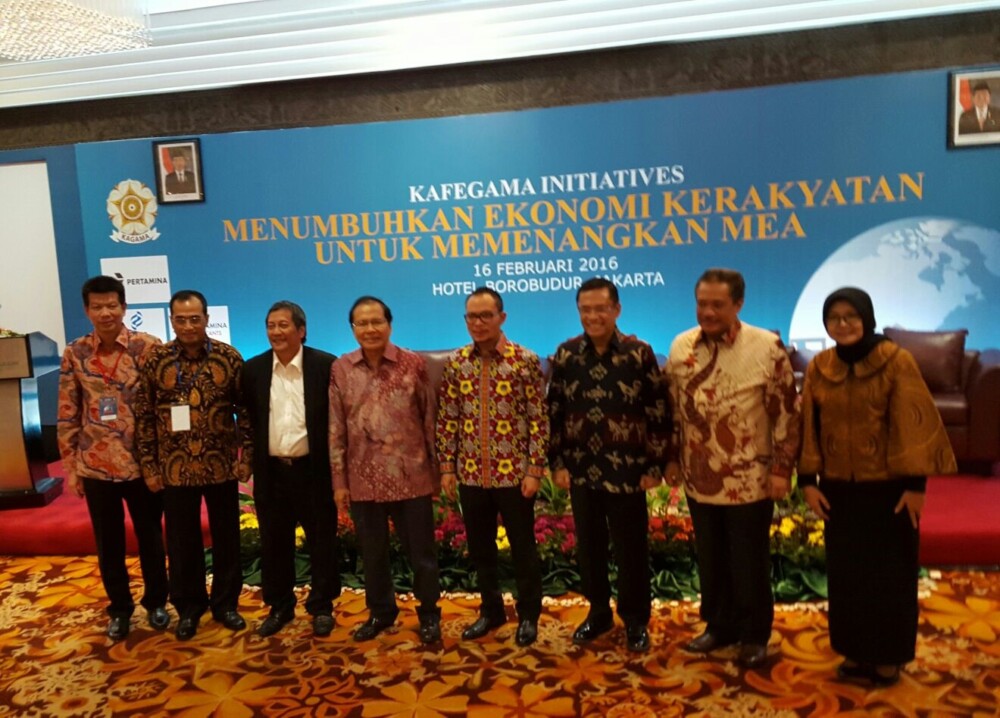Carcinoma Nasopharynx is a malignant cancer in the nasopharynx that causes the highest death rate in Indonesia. It is also the most malignant among other malignants in the uppermost of throat. The prevalence in the country is 6.2 per 100 thousands residents per year.
Carcinoma nasopharynx is very radiosensitive, so radiotherapy is used as standard therapy for the early stage of the disease. In the later stage, combination of radiotherapy and chemotherapy is given to give the maximum result.
“In developing countries, including Indonesia, adequate and effective therapy cannot always be achieved, ” said dr. Sagung Rai Indrasari, M.Kes., Sp.THT-KL(K), on Thursday (18/2) at Faculty of Medicine UGM.
The teaching staff in the UGM Medicine Faculty revealed a sample of case happening in Yogyakarta where radiotherapy equipment is not sufficient for the number of patients.
“This condition has delayed the therapy schedules that leads to the poor effect of such therapy,” she said.
Sagung said of 50 patients with Carcinoma Nasopharynx diagnosis between years 2009-2010 at Dr. Sardjito General Hospital, there were 37 patients or 74 percent having to wait for therapy for over two months. “There are 10 patients that have to wait for over six months,” she added.
Maintaining her dissertation entitled Clinical Study of Photodynamic Therapy (PDT), Sagung said that delayed terapy of patients leads to non-optimal results. Thus, other therapy needs to be developed to resolve the problem. One of them is photodynamic therapy (PDT).
PDT is a non-surgery therapy modality that is minimum invasive. It uses source of light to activate the photosensitiser drugs to cure cancer and other diseases. PDT is already used for additional therapy in cancer, including Carcinoma Nasopharynx.
“Over long term observations, PDT is reported to be able to increase life expectancy until five years of the patient,” she said.
Sagung’s research showed the same thing. The life expectancy figure of patients with PDT is higher (60.7%) as compared to those who are not (22.9%). The patients have a tumour less than 1cm thick.
Analysis of prognosis factors of the success of PDT showed that male patients have higher life expectancy rate (73.5%) than female (42.2%). Patients with PDT under 40 years of age have better rate (76.2%) than those over 40 (53.0%).






